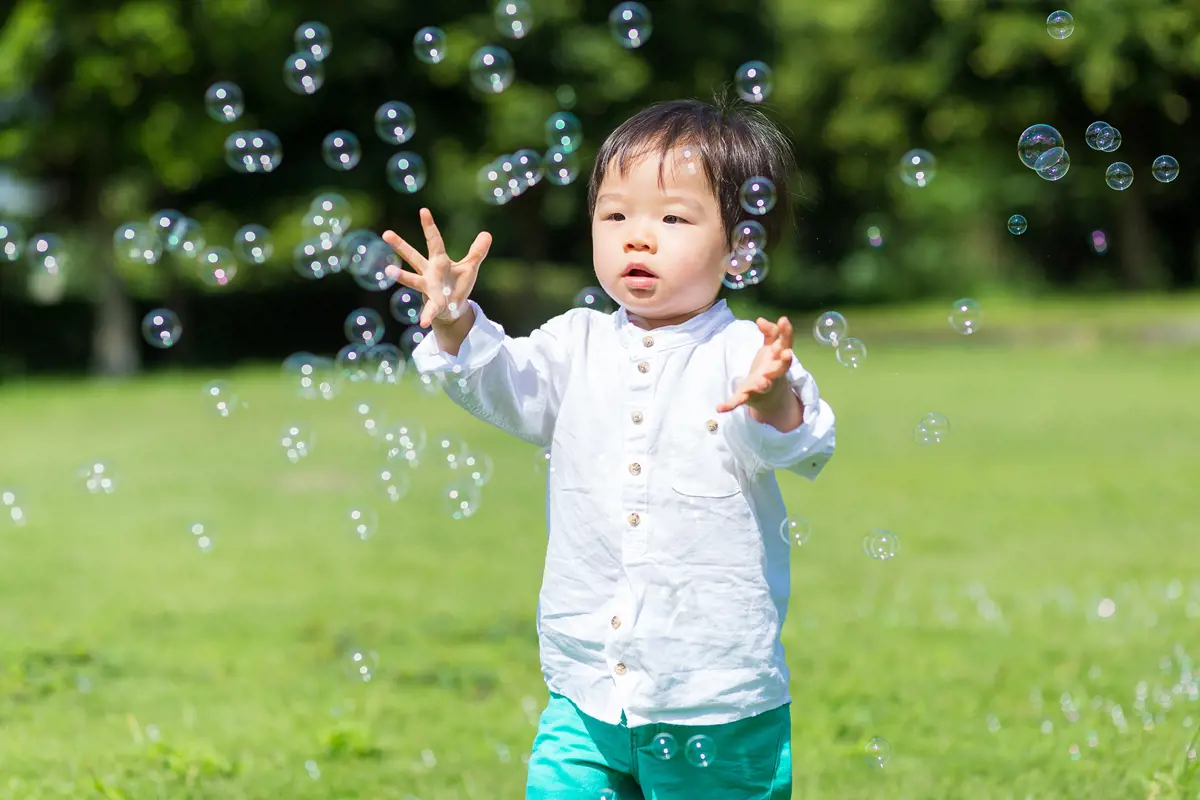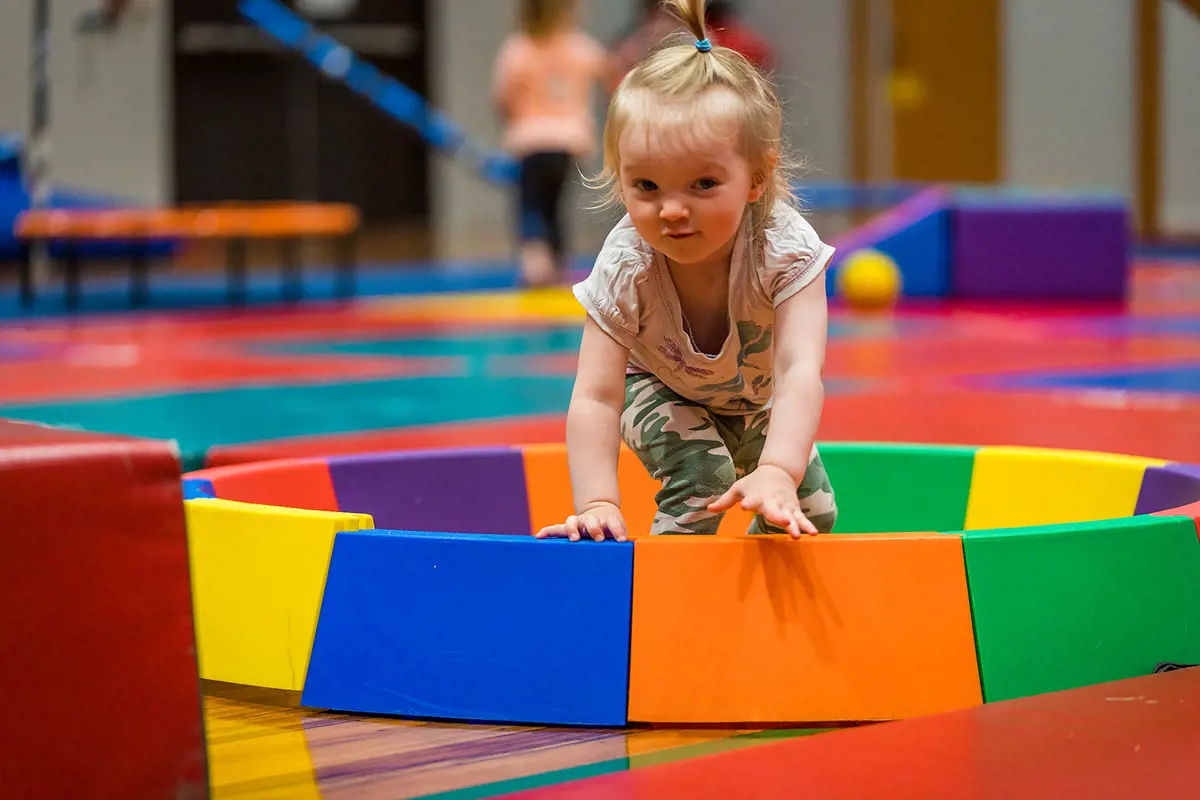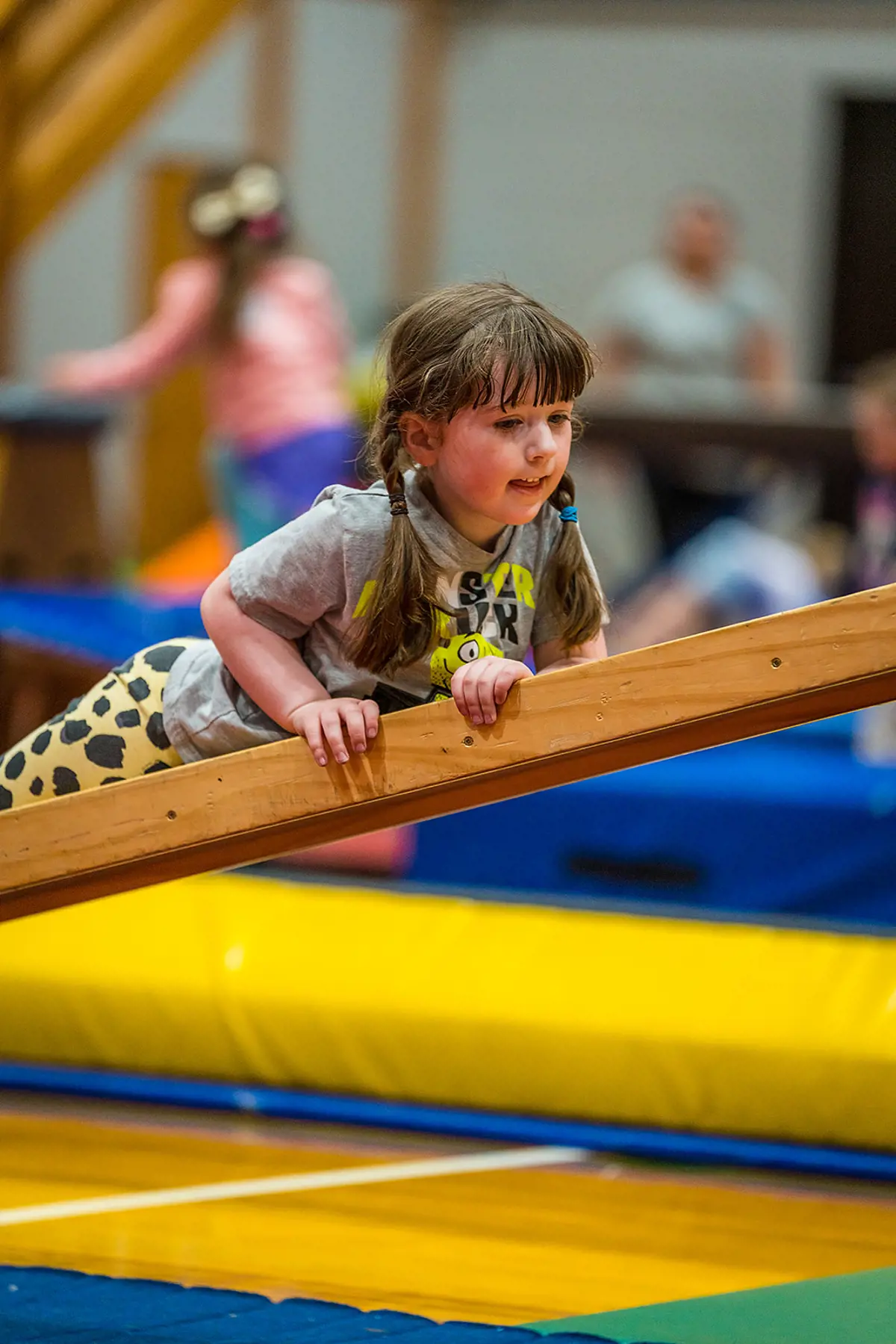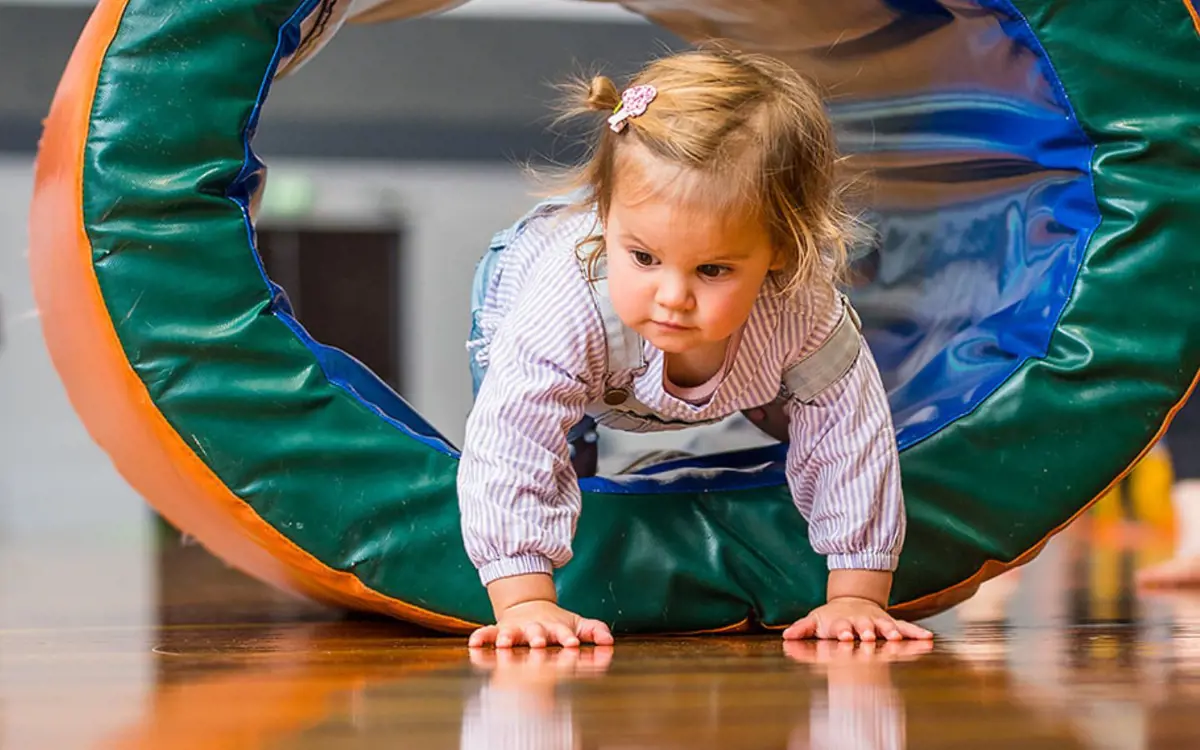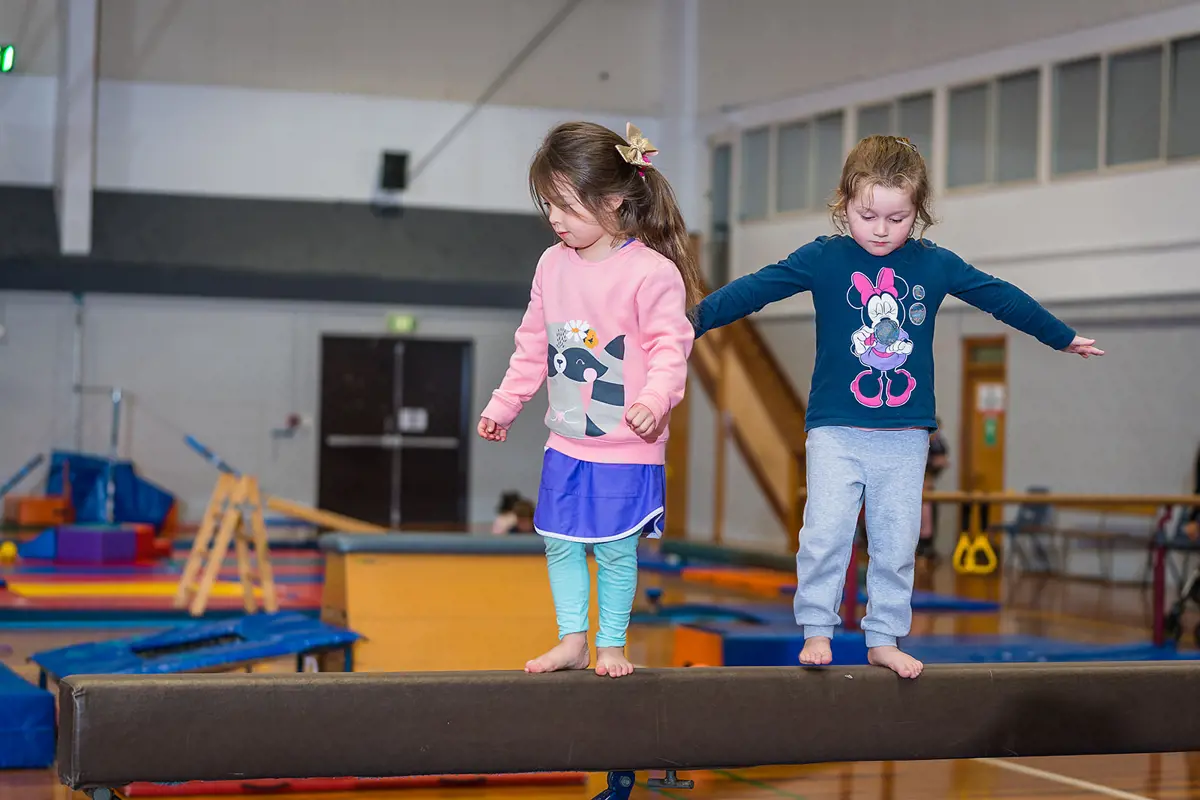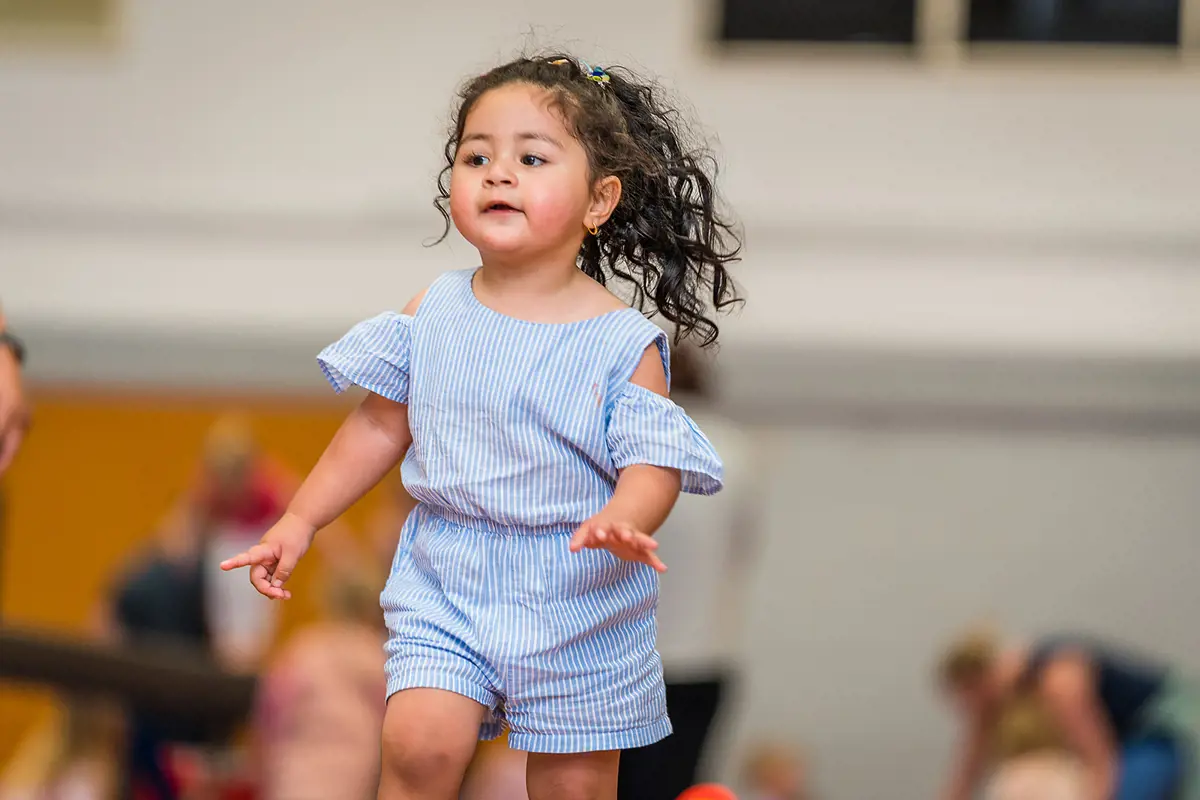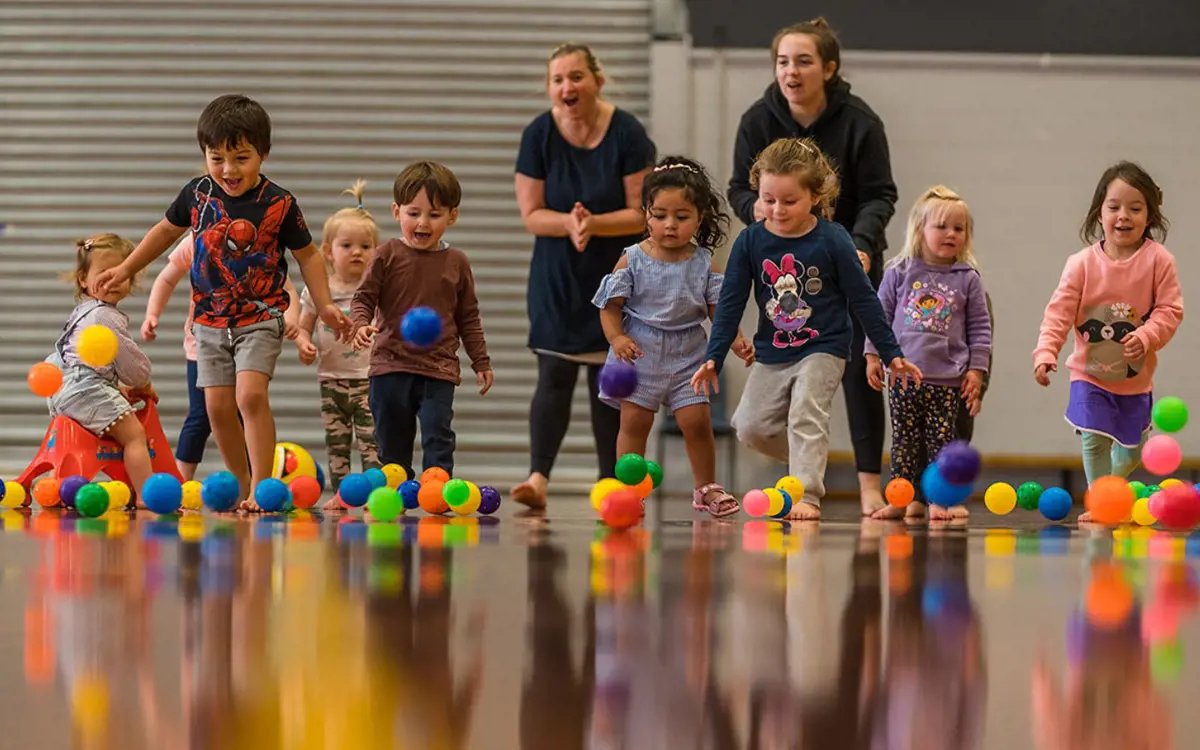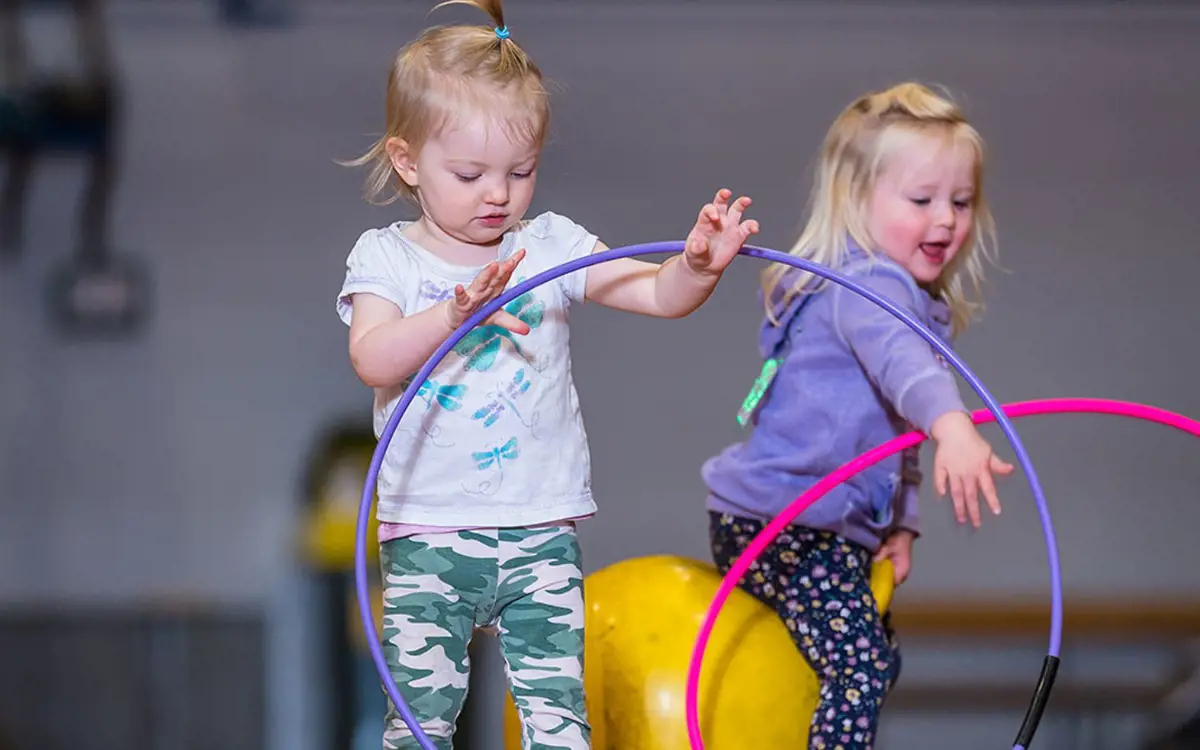-
Movement is essential in the first five years of our lives as it builds critical pathways in the brain. To help your child’s development, as well as support their mental and physical wellbeing, we’ve created a collection of fun activities you can do at home.
-
Fences
With one finger draw lines down your child’s back or tummy one line at a time.
Describe the type of lines you are drawing. Wriggly, straight or curved?
Develops the senses of touch and hearing as well as body awareness.
Survival blanket
Unfold a survival blanket or some tin foil.
Show your child how it reflects in the light, how it makes noise when it moves, how it feels.
Let them lie or sit on it or hold it above them – they can gently wiggle it to see the light reflecting and hear the sound of it crunching.
Develops the senses of sight, hearing and touch.
Cornflour power
Mix two parts of cornflour to one part water in a container.
Add a couple of drops of food colouring and let your child mix it together. Get them to explore the different textures: powdery, wet, slimy, sticky and cold.
It does make a mess but is easily cleaned up.
Develops the senses of touch and sight.
Tasting tray
If child is eating solids, provide a range of edible options that have different temperatures, textures, colours and sounds.
Options could include ice cubes, crunchy crackers, yellow capsicum, avocado, lemon, garlic and anything else that they are safe to taste.
Let your child explore each item however they choose.
For older children, you could blindfold them and see if they can guess what they are eating.
Develops the senses of taste and smell.
Ziplock it
Put some water mixed with food colouring in a large zip-lock bag, and place some small smooth-edged objects in it.
Place the filled bag in front of your baby while they are on their tummy. With their hands, they can explore and move the liquid and objects around within the bag.
Develops the senses of touch and sight.
Bubbles
Bubbles are great at any age! Blow some bubbles and ask your child if they can catch them? Can they can catch them with their little finger? With their knees? With their head? With their elbow? Can they clap the bubbles? Can they blow the bubbles back up?
Get them moving their bodies to try different ways of interacting with the bubbles.
Develops body awareness, spatial awareness, co-ordination, eye tracking and hand-eye coordination.
Messy play
Messy play is good for many things including building up fine motor skills.
Using sand, water, cornflour, Play-Doh etc., anything that encourages children to play with their hands, grasping, pinching touching and manipulating objects. These help build up muscles required for fine motor skills which leads to skills such as hand writing.
Develops body awareness, strength, co-ordination and touch.
